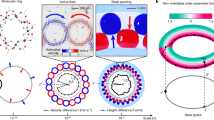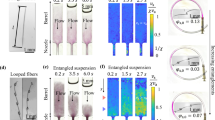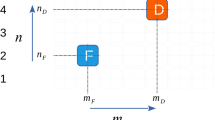Abstract
PROF. C. V. BOYS'S puzzle (NATURE, June 9, p. 774) is a deal less puzzling (as he doubtless knows) if we begin it at the other end. Instead of making the long belt with its two loops which he describes, and then trying to reduce it to the well-known half-twist “double surface” (cf. e.g. Forsyth's “Differential Geometry,” p. 296) of double thickness, let us begin by laying two strips of paper one on the other; then with a half-twist bring the ends together, and fasten the corresponding ends each to each. Our half-twist will have brought one end of the lower strip into contact with the other end of the upper strip; and what we then obtain, on opening out, is the long loop (or “worble,” to use Maxwell's word) with its two curls, which Prof. Boys starts with. We have simply split into two sheets our original onesided, one-edged surface, and obtained a new bifacial surface thereby, precisely as Mr. B. M. Sen explains in his recent paper on “Double Surfaces” in the Proc. Lond. Math. Soc.
This is a preview of subscription content, access via your institution
Access options
Subscribe to this journal
Receive 51 print issues and online access
$199.00 per year
only $3.90 per issue
Buy this article
- Purchase on SpringerLink
- Instant access to full article PDF
Prices may be subject to local taxes which are calculated during checkout
Similar content being viewed by others
Author information
Authors and Affiliations
Rights and permissions
About this article
Cite this article
THOMPSON, D. A Puzzle Paper Band. Nature 112, 56–57 (1923). https://doi.org/10.1038/112056a0
Issue date:
DOI: https://doi.org/10.1038/112056a0



